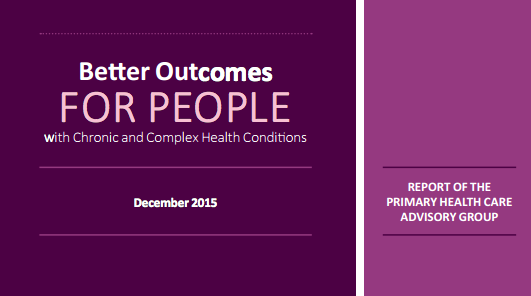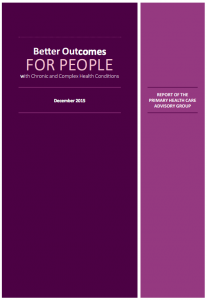
A step in the right direction: PHCAG
From the President
Dr Hamish Meldrum, MBChB, DRANZCOG, FRACGP
ASLM congratulates the government for implementing the recommendations of the Primary Health Care Advisory Group (PHCAG), in particular the planned trial of the ‘Health Care Home’ concept, by which individuals will be able to nominate their preferred GP practice as their ‘home base’, responsible for the ongoing co-ordination, management and support of their care.
Assuming that funding of the home base for coordination of a patient’s care over time is focused on patient engagement and patient outcomes, this is likely to result in greater availability and continuity of services available to patients at or via their home base, and reduce the proportion of patients seeing multiple GPs, also improving continuity of care. This would be, in effect, a return to the intended role of the primary care practitioner albeit with a greater reliance on practice systems and capabilities in the current era.
For those just catching up with developments, the recent ministerial press release about the ‘Health Care Home’ is based on the Primary Health Care Advisory Group (PHCAG) report published in December 2015 and is part of the ongoing ‘Healthier Medicare’ initiative announced in March 2015. The initiative includes the following reviews:
- Medicare Benefits Schedule (MBS) review, ostensibly intended to better align the MBS with current clinical practice and improve patient outcomes
- PHCAG review, specifically to address “better care for people with chronic and complex illness; innovative care and funding models; better recognition and treatment of mental health conditions; and greater connection between primary health care and hospital care“
- Medicare compliance rules and benchmarks review, towards clearer and more transparent systems and smarter resources

ASLM supports the recommendations of the PHCAG given that the focus of that report is on people already living with chronic illness, or likely soon to be given the scale and velocity of the problem. The intention of the reforms is on improved management and patient involvement, promotes multidisciplinary and team based care, and the [as yet unclear] funding model appears to be moving towards rewarding outcomes which in turn will have the effect of a greater focus on the underlying lifestyle-related and environmental causes – which ultimately must be addressed if the status quo is to change.
However we would be concerned to see a Health Care Home funding model introduced that fails to address the systemic and financial pressures already on GPs. For example, in practical terms these pressures limit the amount of time GPs can spend with patients. Ideally, future funding models would not financially disadvantage GPs for longer consultations while incentivising GPs and their practices for achieving regular patient engagement, providing patient education programs and initiatives like Shared Medical Appointments, for achieving improved patient outcomes, and ultimately, for keeping their practice patient cohort largely healthy.
It is also timely to note that this announcement is part of the ‘Healthier Medicare’ initiative, which while clearly aiming to better align funding with outcomes, is less transparently about the long term financial viability of our publicly funded healthcare system. A critically important initiative, but not one that proposes measures to reduce the number of Australians caught up in the tide of the chronic disease epidemic.
We look forward to the emergence of a strong Lifestyle Medicine focus in government policy and programs – on the reasons why people present to their GPs in the first place and a focus on reversing chronic disease to the fullest extent possible.
Further reading:



